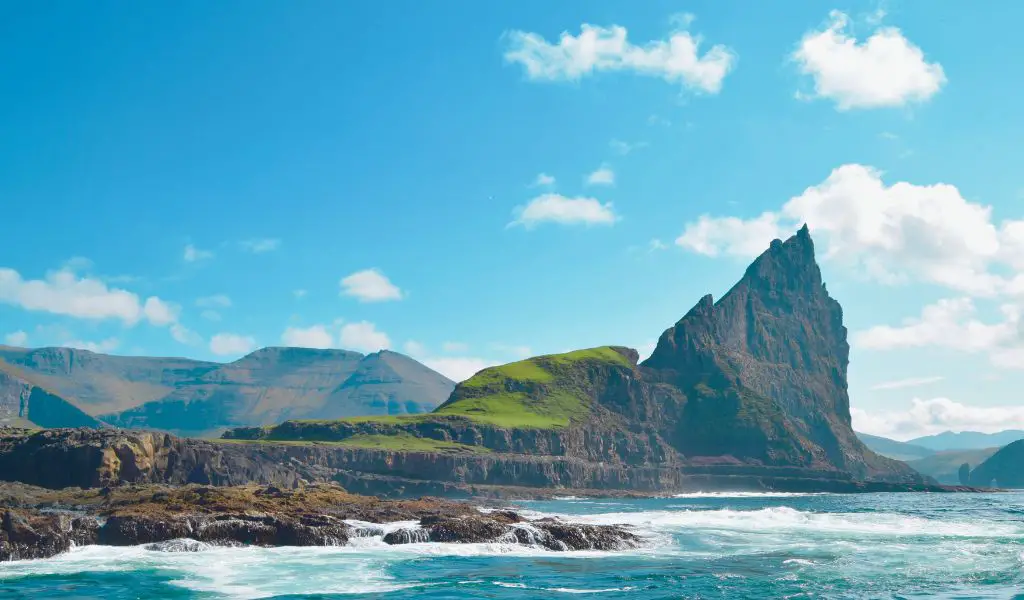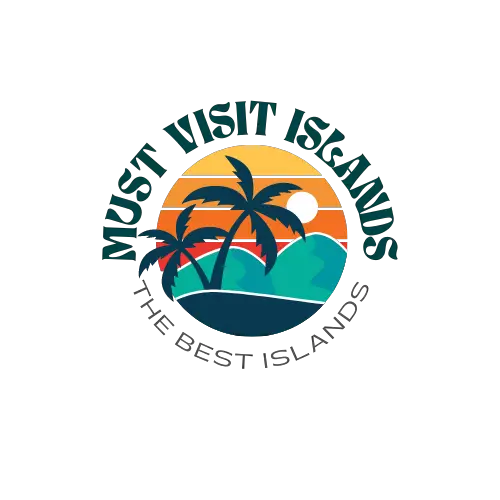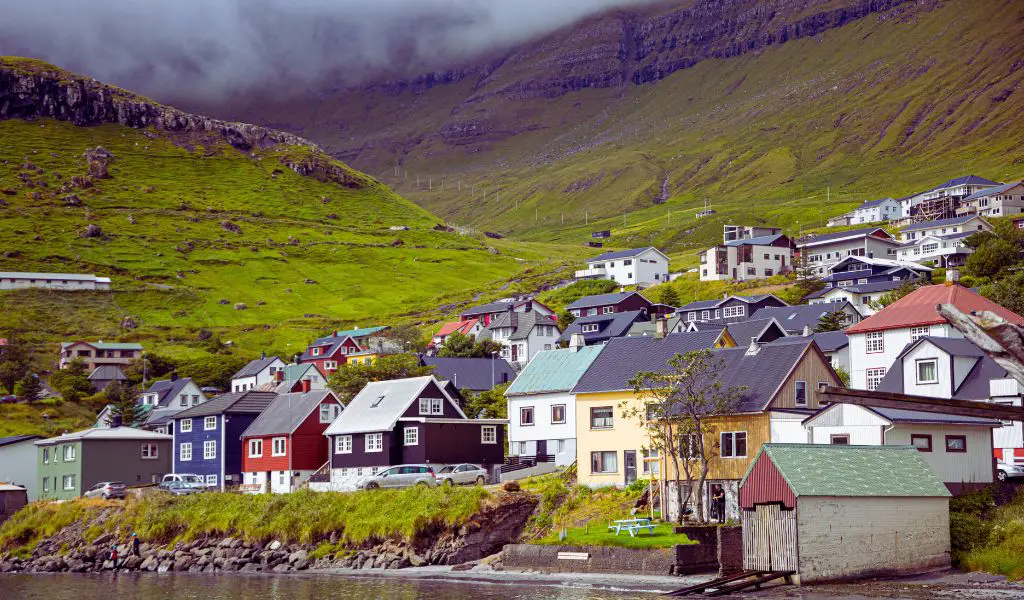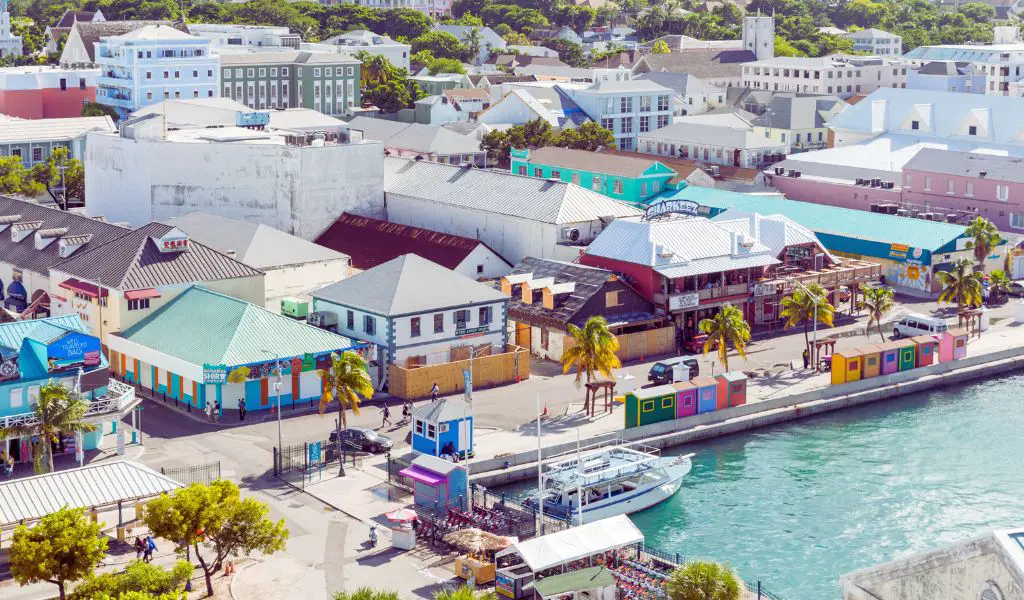The Faroe Islands, an enchanting archipelago nestled in the heart of the North Atlantic Ocean, form a self-governing territory of the Kingdom of Denmark. Its mystical terrain is characterized by raw, rugged landscapes that are both awe-inspiring and humbling.
Geography
Towering cliffs of volcanic origins rise majestically from the sea, and countless waterfalls cascade into the foaming waves below.
The Faroe Islands, composed of 18 rocky islands, offer visitors an experience of untouched and dramatic natural beauty.
History
This North Atlantic gem is also known for its rich cultural heritage, which dates back to the arrival of Norse settlers in the 9th century.
Viking traditions still echo throughout the islands, reflected in the local architecture, festivals, and cuisine.
The fascinating historical sites, such as the medieval Magnus Cathedral in Kirkjubøur and the ancient Nordic houses in the old part of Tórshavn, draw history enthusiasts from around the globe.

Attractions
The Faroe Islands are also home to a plethora of unique attractions.
The Lake Sørvágsvatn, a breathtaking body of water perched above the ocean, and the iconic Mulafossur Waterfall are just a few of the many natural wonders waiting to be explored.
Additionally, bird watching is a popular activity among visitors, given the archipelago’s abundant birdlife, including puffins, gannets, and storm petrels.
Art and culture lovers will find a thriving scene on these islands, with Faroese music and art gaining recognition on the global stage.
Tórshavn, the capital city, houses intriguing art galleries and museums, including the National Gallery of the Faroe Islands, showcasing local and international artwork.
Population
Despite its small size, the Faroe Islands are home to approximately 52,000 people as of 2023.
The largest city, Tórshavn, has a population of around 21,000.
The Faroese people are known for their warm hospitality and strong community spirit, contributing to the islands’ friendly and welcoming atmosphere.
When to Go
The best time to visit the Faroe Islands depends on what you’re hoping to see. For bird watchers and lovers of lush green landscapes, summer (June to August) is the ideal time.
However, if you’re hoping to experience the magical Northern Lights, plan your visit between September and March.
How to Get There
The most common way to reach the Faroe Islands is by air, with direct flights available from several European cities to Vágar Airport.
Alternatively, a passenger ferry from Denmark or Iceland can also be a scenic and enjoyable way to reach the islands.

Highlights
The Faroe Islands offer a variety of highlights, from hiking up the mountain for a view of the lake above the ocean at Sørvágsvatn, to exploring the historical settlement of Kirkjubøur, to visiting the world-renowned G! Festival in July.
Don’t miss the opportunity to spot puffins on Mykines island or to explore the historic part of Tórshavn.
What You Should Know
While visiting the Faroe Islands, it’s essential to respect the environment and follow the country’s rules and regulations, especially while hiking or bird watching.
The local currency is the Faroese króna, and English is widely spoken.
The weather can change quickly, so it’s advisable to dress in layers and prepare for all conditions.
FAQs
Is it safe to travel to the Faroe Islands?
Yes, the Faroe Islands are considered one of the safest travel destinations in the world, with low crime rates and friendly locals.
Do I need a visa to visit the Faroe Islands?
Visa requirements for the Faroe Islands follow Danish regulations. Therefore, it depends on your nationality. It’s best to check with your local Danish embassy or consulate.
Is it possible to rent a car in the Faroe Islands?
Yes, several car rental services are available at the airport and in Tórshavn, making it easy to explore the islands at your own pace.




